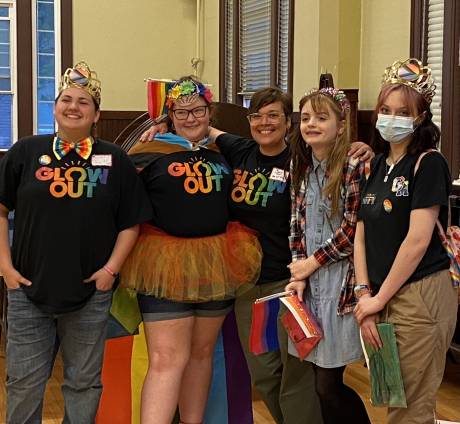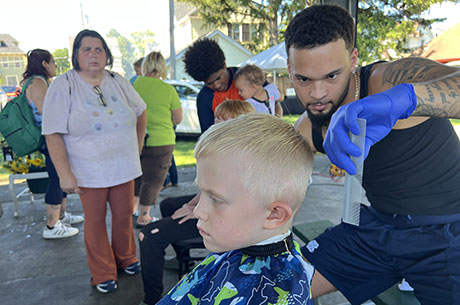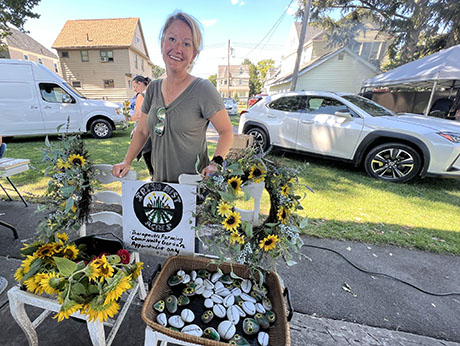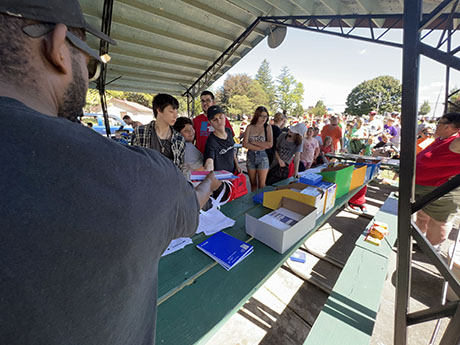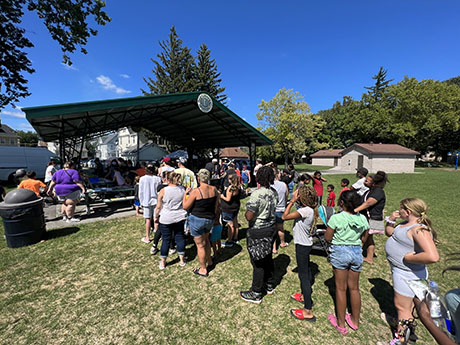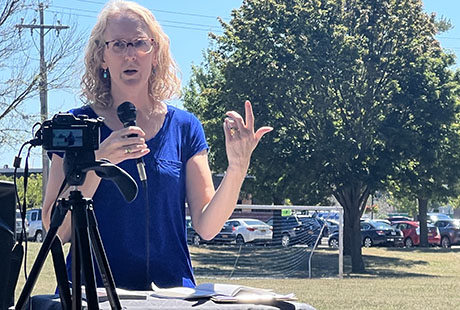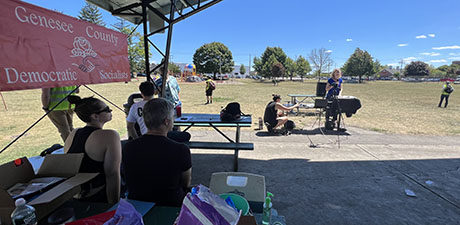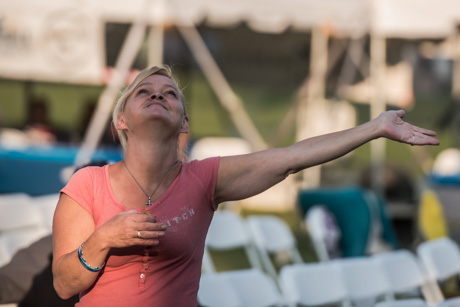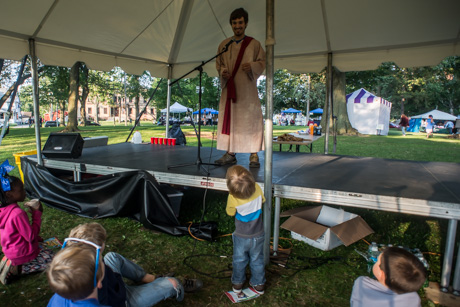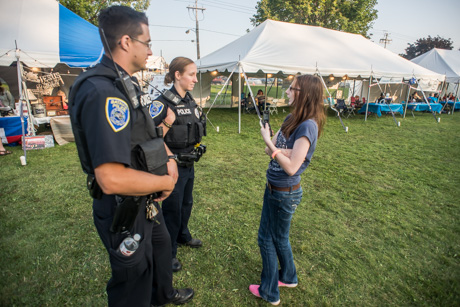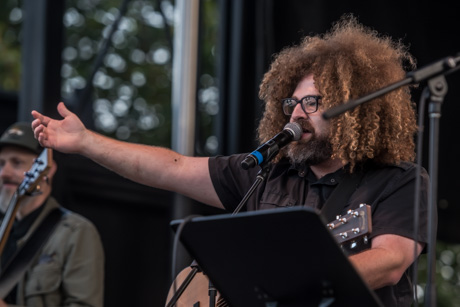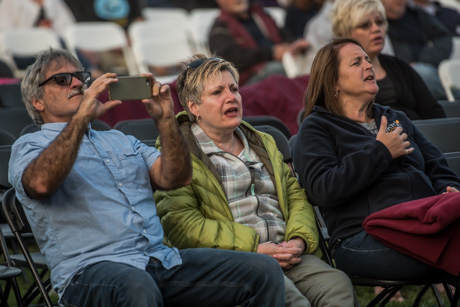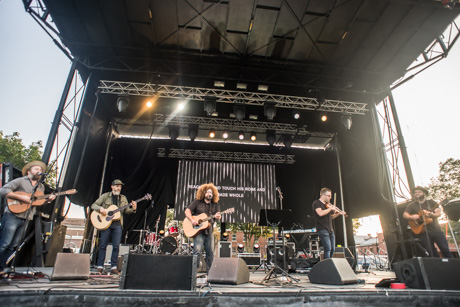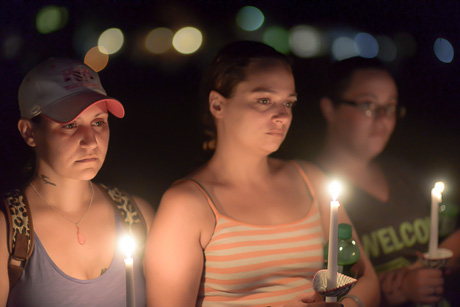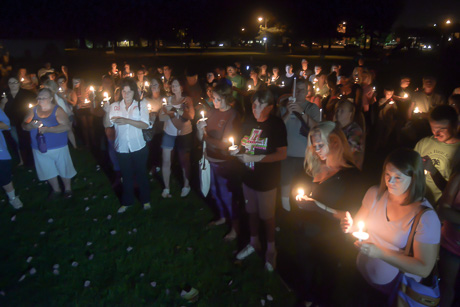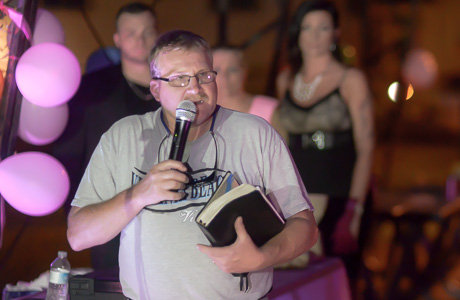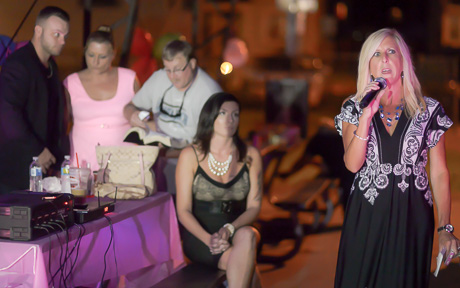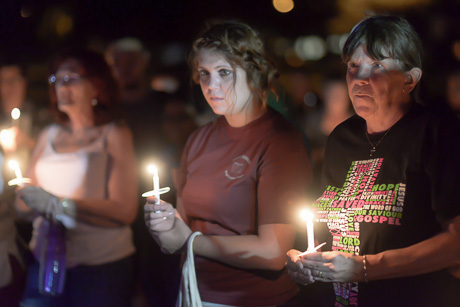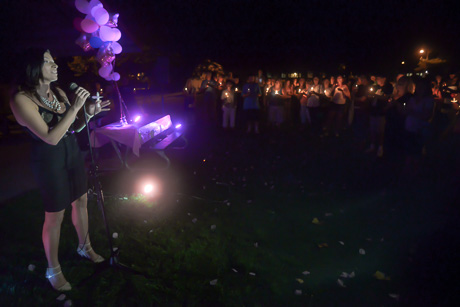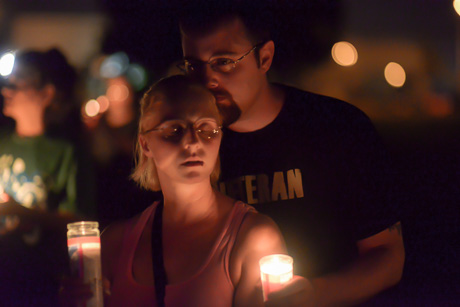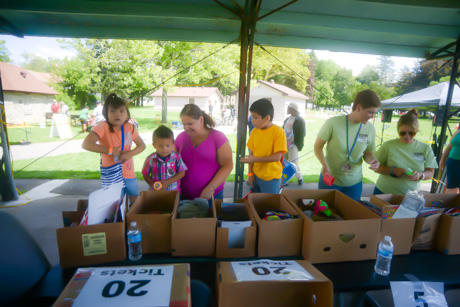Labeling them ARPA-1 through ARPA-7, City of Batavia Manager Rachel Tabelski has put together a list of priority spending items – including an “inclusive destination playground" at Austin Park – to be funded in whole or in part by the $1.4 million the city received from the American Rescue Plan Act.
In a memo dated Sept. 20 to City Council, Tabelski wrote that she is recommending these expenditures as part of her Batavia Investment 2021 report, which is on the agenda for discussion at Monday night’s Conference Meeting.
The meeting is scheduled for 7 o’clock at City Hall Council Board Room.
Should City Council forward any proposed resolutions on Monday, voting would take place at the board’s next Business Meeting, which is set for 7 p.m. Oct. 12.
The federal government, acknowledging the COVID-19 pandemic’s effect on municipal economies, allocated $19.53 billion from the Coronavirus Local Fiscal Recovery Fund to support non-entitlement units of localities with populations under 50,000, Tabelski wrote.
With that, the city received $1,474,764.79 from the ARPA (getting half this year and half next year).
The money can be used for public health costs, lost public sector revenue, essential worker pay and investment in water, sewer and broadband infrastructure, but comes with restrictions.
Those restrictions, as outlined in Tabelski’s report, include the inability to use the money to lower the tax rate, to offset retirement/pension funds, to pay off current debt, for sidewalks and roads (unless documented proof of being related to COVID-19) and to support current operations in the majority of cases.
Tabelski’s report indicates the recommended projects were derived through multiple means:
- Conversations with department heads and staff, and citizen input;
- Review of capital plans, current needs and current reserve accounts;
- Analyzing the ARPA regulations to create projects that will be most beneficial to the city and/or to advance future ventures, with consideration of social and economic factors;
- Allocating ARPA money to projects that could receive alternate funding, such as matching funds from other sources to increase the total investment;
- Ability of city staff to complete, monitor and report on the projects.
Brief descriptions of the seven projects recommended by Tabelski are as follows:
ARPA-1: Engineering Services for Water System Planning
A resolution to contract with GHD Group of Buffalo to “map, inventory and plan to address lead service lines in the city related to the new Lead and Copper Rule” and “to prepare for the closure of the city water treatment plant in connection to Genesee County’s Phase 3 Water Project that would bring Monroe County Water Authority water to the city.
Cost: $248,000, using all ARPA funds.
ARPA-2: Cohocton Water Transmission Line
Replacement of 3,700 linear feet of a 12-inch water transmission line that supplies water to the southwest quadrant of the city – with the connection being made to the existing 12-inch main near the intersection of Industrial Boulevard and Treadeasy Avenue, and continuing to the existing 12-inch main near Walnut Street. The main has incurred 11 breaks in the past 30 years.
Cost: $800,000, equally split between ARPA and reserve funds.
ARPA-3: Inclusive Destination Playground at Austin Park
Located in the city’s Opportunity Zone, Tabelski writes that now is the opportunity to upgrade Austin Park (see photo above), believing that the expenditure will benefit local families, attract visitors from outside the city, assist in public safety in the park and surrounding areas through appropriate environmental design.
Recreation websites describe inclusive playgrounds as activity areas that remove barriers to exclusion, both physical and social, providing a “sensory rich” experience for all. They are designed to be a safe place where children of all abilities can play together, and are developmentally appropriate for children with and without disabilities.
Cost: $800,000, using $400,000 in ARPA funds and seeking grants to double the investment.
ARPA-4: Modify Facility Capital Plan Project
“Critical” improvements are necessary at the city’s Bureau of Maintenance and Fire Department, Tabelski writes, recommending the purchase of a new generator to run fire headquarters on Evans Street and spending to make access into the facility compliant with the Americans with Disabilities Act.
Cost: $540,000, using $100,000 in ARPA funds, with the remainder committed to the project in the Facility Reserve Fund.
ARPA-5: Wastewater Treatment Plant Headworks Analysis
Tabelski is seeking another contract with GHD Group (via a resolution) for engineering services to solve problems being caused by an aging aeration and blower system. The last headworks study took place in 1983, and since them the WWTP’s aeration system had deteriorated due to leaks in the main header. “While this problem has been remediated, it highlighted the need to complete a more thorough analysis …,” she wrote.
Cost: $250,000, using all ARPA funds.
ARPA-6: Replace Aging Sewer Camera
Scheduled to be replaced next year, the city’s sewer main line camera – purchased in 2012 -- is at the end of its useful life and has malfunctioned on several occasions, resulting in repair costs. Tabelski recommends buying an Envirosight Rover X camera from Joe Johnson Equipment of Rochester, which can be bought at a discount through a cooperative purchase program.
Cost: $100,000, equally split between ARPA funds and wastewater reserve funds.
ARPA-7: Replace Aging Water Meter Readers
As in the case of the sewer camera, the city’s meter reading equipment is about 10 years old and need of replacement. The recommendation is a resolution to purchase new handheld and data recorders from Ti-Sales, Inc., of Sudbury, Mass., along with utilizing a cloud-based data storage system.
Cost: $26,765, using $26,764.70 of ARPA funds and $1,718.79 from water reserves.
